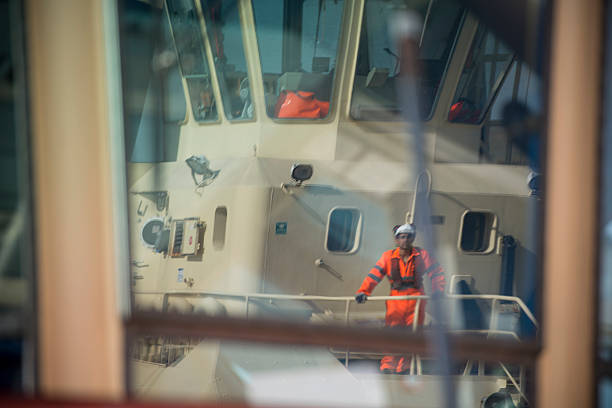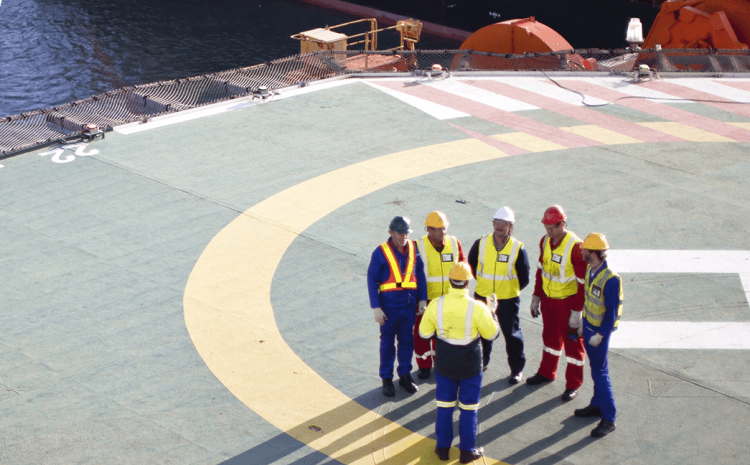Increase in incidents of deaths at sea

Grahaeme Henderson
Together in Safety Chairman
Data from Lloyd’s List Intelligence casualty reports sheds light on the situation, but it remains difficult to accurately assess the true number of fatalities that occur at sea.

The number of incidents where a death occurs during maritime operations is rising, reflecting the hazardous nature of the shipping industry and need for greater action to improve safety standards. Using data from Lloyd’s List Intelligence global casualty reports, Lloyd’s List has compiled the yearly figures on total deaths, combining the data for confirmed deaths, as well as missing persons. An average of 35 events per year resulting in death were reported between 2013 and 2017, while for the 2018 to 2022 period this figure was 51 per year. The frequency of incidents involving a fatality is increasing for commercial and non-commercial vessels. Some 137 accidents were recorded on commercial ships, such as bulk carriers and tankers, between 2018 and 2022, up 28% from the 2013-2017 period. The trend is more exaggerated with non-cargo carrying ships, with a 71% increase when comparing the two five-year periods for a cumulative total of 117 incidents between 2018 and 2022. There were 65 incidents where a fatality occurred during maritime operations in 2021, with cases of Covid-19 purportedly contributing to the higher rate. Hundreds of deaths occur at sea and during maritime operations every year.
Of the 215 total presumed deaths recorded in 2022, 96 occurred on board merchant ships. However, the true number of fatalities at sea is likely to be far higher than any of the reported statistics. Complete datasets relating to deaths are hard to come by because of a lack of transparency and standardisation in the collection of this information, as well as the issue of under-reporting. To put it simply, an accurate, holistic public dataset is not readily available. “While other industries are able to compile statistics around fatalities, in shipping this has not happened,” said Grahaeme Henderson, the former head of Shell Shipping and now chairman of the Together in Safety Coalition. “For example, the airline industry has excellent reporting and as a result has made great strides to improve its safety performance, but in shipping, the safety performance continues to deteriorate.”
Attempting to address this issue and improve working conditions of seafarers, the Maritime Labour Convention, under the International Labour Organisation, has been amended so that seafarer deaths will be recorded and reported annually for publication. The change could greatly improve visibility of incidents given that the MLC has been ratified by 101 member states, which represents a significant amount of the world’s gross tonnage of ships. The amendment is expected to enter into force in December 2024.

The ILO will begin gathering data on deaths at sea in 2024 with a draft questionnaire to help countries prepare for the change, the United Nations agency told Lloyd’s List in an email.It is not clear how the ILO will overcome the issue of under-reporting. Many shipowners report fatalities in line with regulatory requirements, but others do not. “The largest disincentive to report is the focus on the incident by the authorities, with potential costly delays and additional management time,” said Henderson. “It is a black mark that can influence chartering the ship in the future, insurance premiums can increase, reputations are damaged, and it can negatively impact staff morale in the company.” As a result, most public databases that collect fatality data are significantly affected by under-reporting.Flag states, for example, are obliged to submit casualty information to the IMO. This data is then published in the GSIS database. The mandatory member state audit scheme covers these reporting obligations, among other requirements, but reporting rates are low.

The issue of under-reporting and absence of a standardised framework for data collection extends to suicides at sea. It is believed that many incidents involving suicide go without being reported, and in some cases are recorded, but are purposefully miscategorised. Those that are ambitious enough to try to pool together publicly available data face several obstacles aside from under- reporting. Many databases are not designed for the extraction of large amounts of data. Even when they are, different sources have different taxonomies, structures and terminologies. This makes it difficult to aggregate and then analyse the information. “Safety is top of the agenda for many shipping companies and we need to build on this leadership. The Together in Safety Coalition, comprising all of the shipping industry groups, and shipowners and services providers, is taking up the challenge of reporting,” said Henderson. “It is an area where we can collectively work together to make much needed change.” Lloyd’s List Intelligence data confirms that the shipping industry remains hazardous, and it is critical that death- related data becomes readily available so effective action can be taken. “Robust, global data is the best starting point to understand the root causes and to develop safety improvements, also to track if progress is truly being made,” said Henderson.

